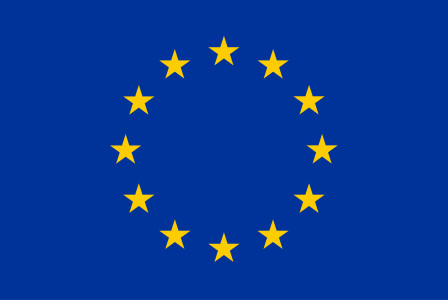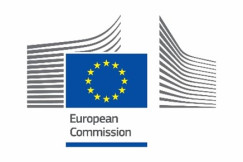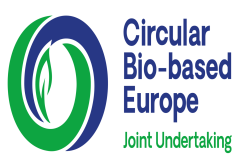Legislation
16 June 2025
Contaminants in food Regulation
Legislation
16 June 2025
1. Healthy, balanced and sustainable diets for all European consumers
2. Prevention and reduction of food loss and waste
3. A climate - neutral food chain in Europe by 2050
+4 more
Login / create an account to be able to react
-
50

Regulation (EEC) No 315/93 is designed to protect public health by prohibiting the sale of foods with unacceptable contaminant levels within the EU.
It requires these levels to be minimised and establishes toxicologically acceptable limits. Member States can take action if they identify a health risk due to contaminants, informing both other Member States and the European Commission.
European Commission - DG SANTE
Topics
Albania
Armenia
Austria
Belgium
Bosnia and Herzegovina
Bulgaria
Croatia
Cyprus
Czechia
Denmark
Estonia
EU-27
Finland
France
Georgia
Germany
Greece
Hungary
Iceland
Ireland
Italy
Kosovo
Latvia
Liechtenstein
Lithuania
Luxembourg
Malta
Moldova
Montenegro
Netherlands
North Macedonia
Norway
Poland
Portugal
Romania
Serbia
Slovakia
Slovenia
Spain
Sweden
Switzerland
Türkiye
Ukraine
Other
EU Institutions
-
CoC aspirational objectives
-
-
1. Healthy, balanced and sustainable diets for all European consumers
-
2. Prevention and reduction of food loss and waste
-
3. A climate - neutral food chain in Europe by 2050
-
4. An optimised circular and resource-efficient food chain in Europe
-
5. Sustained, inclusive and sustainable economic growth, employment and decent work for all
-
6. Sustainable value creation in the European food supply chain through partnership
-
7. Sustainable sourcing in food supply chains
-
Share
Regulation (EEC) No 315/93 aims to safeguard public health by prohibiting the sale of foods within the European Union that contain unacceptable levels of contaminants.
Contaminants in this context are usually residual substances present in food due to post-production treatment or environmental contamination. The regulation mandates that contaminant levels be kept as low as possible and establishes toxicologically acceptable limits. It excludes matters covered by more specific rules and extraneous substances, such as insect fragments or animal hair.
EU Member States can impose restrictive measures if they believe a contaminant poses a health risk, provided they immediately inform other Member States and the European Commission, offering justification for their actions. The Commission is required to promptly review the justifications and, after consulting the Standing Committee on Plants, Animals, Food, and Feed, take appropriate measures as needed. This committee aids the Commission in establishing authorised maximum tolerances for contaminants.
The regulation mandates the setting of maximum levels for certain contaminants to protect public health, and Member States are not permitted to restrict trade in foods that comply with these set limits.
Related regulations:
Council Regulation (EEC) No 315/93 laying down Community procedures for contaminants in food
Commission Regulation (EU) 2023/915 on maximum levels for certain contaminants in food
Comments (0)
See also
Plant Protection Products Regulation
- Categories
- 2. Prevention and reduction of food loss and waste 3. A climate - neutral food chain in Europe by 2050 4. An optimised circular and resource-efficient food chain in Europe +3 more
Code of Conduct infographic and video materials
- Categories
- 2. Prevention and reduction of food loss and waste 3. A climate - neutral food chain in Europe by 2050 4. An optimised circular and resource-efficient food chain in Europe +3 more
Circular Bio-based Europe Joint Undertaking
- Categories
- 2. Prevention and reduction of food loss and waste 3. A climate - neutral food chain in Europe by 2050 4. An optimised circular and resource-efficient food chain in Europe +3 more




